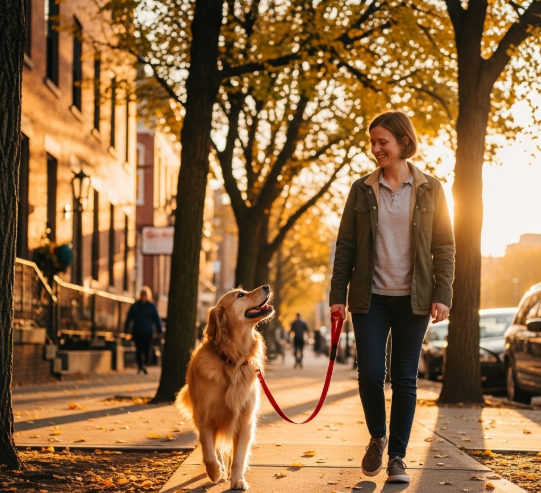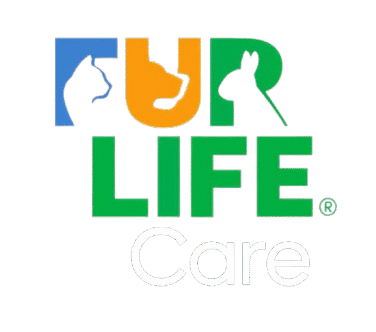Maximize Your Dog’s Workout Time: Tips for Fun and Effective Exercise with Your Best Friend

Just like us, dogs need regular exercise to stay healthy, happy, and fit. A good workout routine can help prevent obesity, boost brain function, support healthy joints and muscles, improve heart health, and create awesome bonding moments between you and your furry friend. But how much exercise does your dog actually need? And how do you know if their current routine is hitting the mark?
Let’s break down the key factors that affect your dog’s exercise needs—and share easy ways to tell if your pup’s activity level is just right.
What Influences a Dog’s Exercise Needs?
Every dog is unique, so there’s no one-size-fits-all when it comes to exercise. Your dog’s breed, age, health, and personality all play a role in how much activity they require.
Breed Matters
Some breeds are built for bursts of high energy, while others are naturally more laid-back. For example, a pug or mastiff might be perfectly happy with short, slow strolls, but a Siberian husky or Jack Russell terrier needs more intense exercise or they might get restless or develop behavioral issues. Keep in mind that brachycephalic breeds (short-nosed dogs like pugs) may struggle with breathing during strenuous exercise, while longer-nosed breeds handle it better.
Age Makes a Difference
Puppies usually enjoy short, frequent bursts of play—vets often suggest about five minutes of exercise per month of age, twice a day. So, a 6-month-old pup might get around 30 minutes per session. Be cautious, though: avoid intense activities like running or hiking until their growth plates have fully developed (which varies by breed size). Older dogs shouldn’t be left out either—they often thrive with gentler, low-impact exercise like calm walks, especially if they have arthritis or other health issues.
Health Status Counts
Certain health problems, including arthritis, respiratory or heart disease, obesity, or endocrine disorders, can affect how much exercise your dog can handle. If your dog has any chronic health conditions, always check with your vet before ramping up their activity.
Personality Plays a Role
Every dog has their own vibe! Some Labs are total couch potatoes, while others are enthusiastic swimmers or runners. Consider your dog’s temperament and need for mental stimulation as you plan their exercise routine.
General Exercise Guidelines for Dogs
- Aim for daily exercise rather than long sessions just once a week.
- Low-energy adult dogs usually do well with at least one 20–30 minute leisurely walk per day.
- High-energy dogs often need two brisk 30-minute walks or more.
- Puppies and senior dogs have special needs—always consult your vet for personalized advice.
- Watch the weather! Heat and cold can be tough on paws and overall health. Carry water on hot days to keep your dog hydrated.
Beyond Walking: Other Fun Ways to Get Your Dog Moving
Exercise doesn’t have to mean just walks! Here are some great alternatives to keep your dog active and engaged:
- Hiking adventures
- Playing fetch, tug-of-war, or hide-and-seek
- Swimming in safe spots
- Agility or advanced training classes
- Backyard obstacle courses
- Dock diving
- Social playdates with other dogs
Signs Your Dog Needs More Exercise
If your dog is restless, destructive, whining, pacing, or constantly asking to go outside, they may be bored and under-exercised. Lack of activity can also lead to anxiety and health problems like obesity and arthritis. If you notice behavioral changes or health issues, talk to your vet to rule out other causes.
Signs Your Dog Is Getting Too Much Exercise
On the flip side, watch for signs of over-exertion such as:
- Stopping frequently to lie down
- Heavy panting or excessive drooling
- Red or pale gums and tongue
- Limping or stiffness after play
- Heat exhaustion symptoms
If you spot any of these signs, give your dog a break and cool them down immediately.
Final Thoughts
Every dog deserves daily exercise tailored to their unique needs. By paying attention to your dog’s breed, age, health, and personality, you can create a fun, safe routine that keeps them happy and healthy for years to come. When in doubt, your veterinarian is your best resource for personalized advice.
